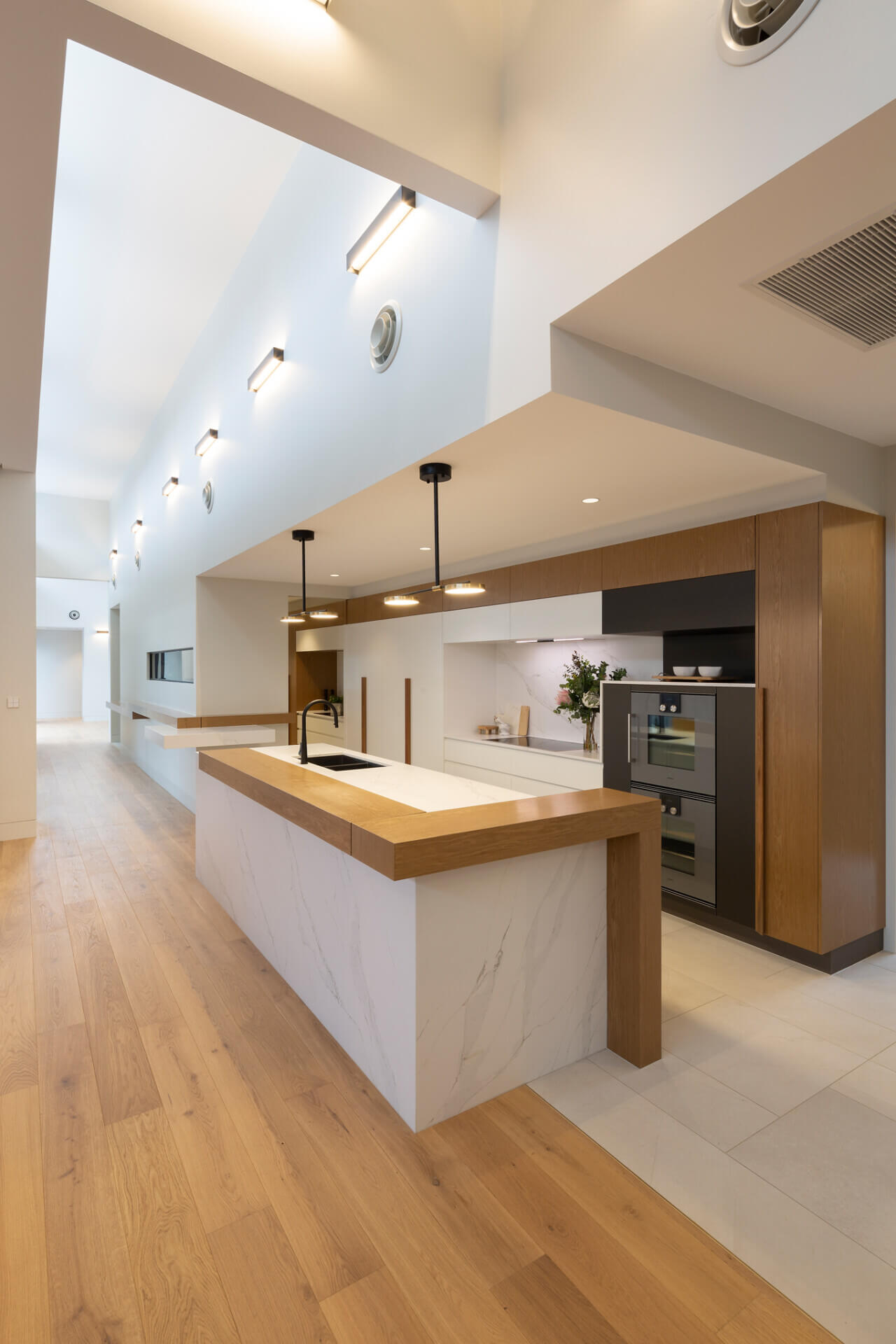How often do you hear the saying, the kitchen is the heart of the home?
Whether you are a master chef or not, the majority of us spend a lot of time in the kitchen. Today’s kitchen is often where we gather as a family to start the day, to connect, prepare meals and plan family activities. And at the end of the day its where we gather again to reconnect, unwind, and refuel our bodies with good food and good times.
The once smaller utilitarian room that was separated from the rest of the living areas, dedicated to just cooking, is now the hub of the house where we not only cook our meals, but we entertain guests, study, work, get creative and spend time with family and friends.
How often do you find when you entertain guests that they all end up in the kitchen? It’s like a magnet. Its where the action is happening so people are naturally drawn to it.
That is why we now pay so much attention to designing great kitchens. Not only to function well as a cooking space, but also to look fabulous and inspire great interior design and lifestyle that connects with the rest of the home.





